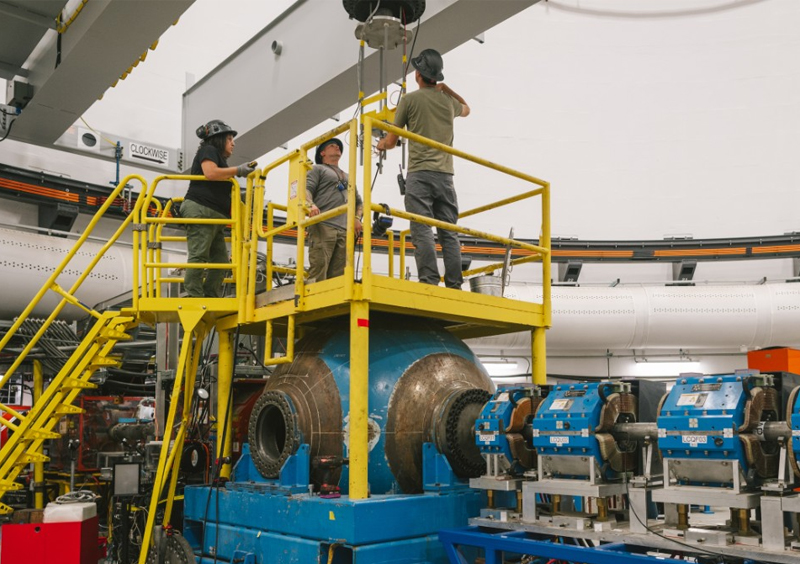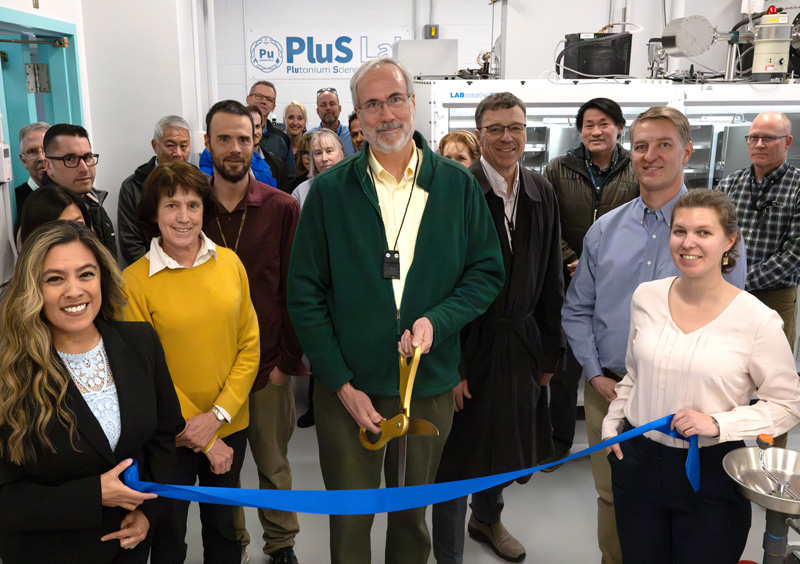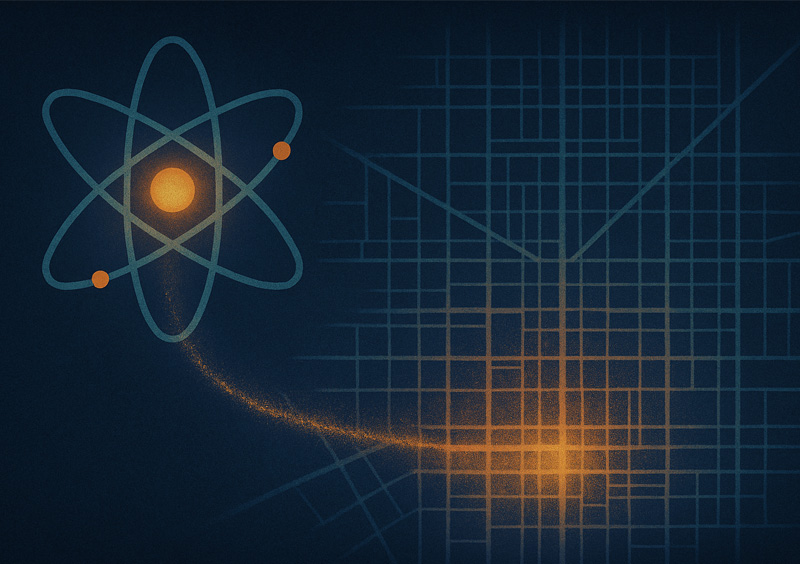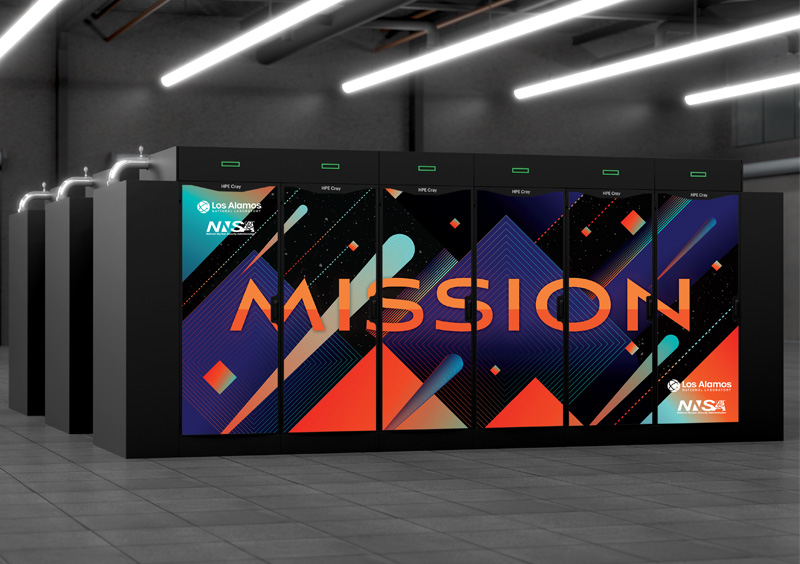When the Kit Carson Electric Cooperative (KCEC) was granted a federal award to build a hydrogen microgrid — the first of its kind in the nation — the small Northern New Mexico utility won widespread praise.
Awarded in January, the funds will help the electrical co-op serve its 30,000 customers around Questa, New Mexico, with reliable energy. Already, KCEC is 100% solar-powered, but the introduction of a hydrogen fuel-cell plant and an advanced microgrid battery storage system now puts the small utility at the technological forefront of energy production.
What many people may not know is the crucial role Los Alamos National Laboratory played in this project, particularly the Partnerships and Pipeline Office (PPO) and the Applied Energy Program Office (SPO-AE).
"We came up with a project that we think is a cutting-edge, emerging technology," said Luis Reyes, the chief executive officer and general manager at KCEC. "Los Alamos was there on day one, and they really helped us get over the finish line."
Reyes knew Los Alamos could help because the utility had worked on projects with the Lab before, such as wildfire mitigation planning. With the support of the board and KCEC customers, Reyes and his team applied for the Communities Local Energy Action Program, a technical-assistance program run by the Department of Energy that partners utilities with national laboratory experts.
"We have a lot of specialists in the hydrogen field," said Duncan McBranch, senior director for Partnerships and Pipeline Office. "So really, what we could do best to help KCEC was to connect them with these experts."
"The Laboratory has scientific resources that can be leveraged to assist our regional stakeholders," said Melissa Fox, Applied Energy Program Office director. "Our partnership with Kit Carson is a great example of how we make those resources accessible to local project leaders."
Meeting of the minds
PPO and SPO-AE introduced KCEC to scientists in the Lab's fuel-cell program, who have worked for decades to advance hydrogen fuel-cell technology. This led to a conversation with the Lab's hydrogen fuel-cell experts, who spoke to KCEC's leadership about advancements in electrolyzer and microgrid technology.
"We really wanted to know about all the latest capabilities available," Reyes said, "and that helped us figure out what would be best for our needs."
Water was quickly identified as a problem. Hydrogen power plants use a lot of water because of the electrolysis process that splits H2O into its base elements, which are then used to generate electricity — and in Northern New Mexico water is an important, scarce resource.
Fortunately, KCEC had an idea. In 2014, the Chevron molybdenum mine closed and was declared a Department of Energy (DOE) superfund site. Part of the cleanup involves pumping contaminated water through a treatment facility. That same water, KCEC believed, could now be used to create more energy. After consulting Lab experts, KCEC solved the problem with a plan to pump that treated water to the planned hydrogen facility.

Lab expertise and community support
As a co-op — meaning customer-owned — KCEC needed the community's approval before the utility could move forward. So, they held a series of town hall meetings, and McBranch was there at each conversation.
"They're in our backyard, so of course the Lab should show up," McBranch said. "Besides, this was a really exciting project."
At the community meetings, locals were excited about the prospect of a 104-megawatt hydrogen facility that could provide energy for roughly 25,000 homes. They also were excited that the project would create 350 jobs. In the end, the community overwhelmingly approved of the plan.
Getting over the finish line
Once KCEC submitted the proposal package, there were a few months of nail biting as they waited to hear back. In January they were, of course, overjoyed to learn that they had won.
"We have some really talented and positive people here at the co-op," Reyes said. "But this was a big project, and the Lab helped us validate a lot of things we thought might work. Having that resource, locally, was huge."
Work on the battery storage system is scheduled to start in June and should be finished by summer 2026. The hydrogen facility is expected to be completed by 2028. When it is up and running, not only will residents receive all their power from these sources; the relatively small co-op will have put New Mexico utilities on the map, proving that such projects are possible even for small, rural towns across the nation.






